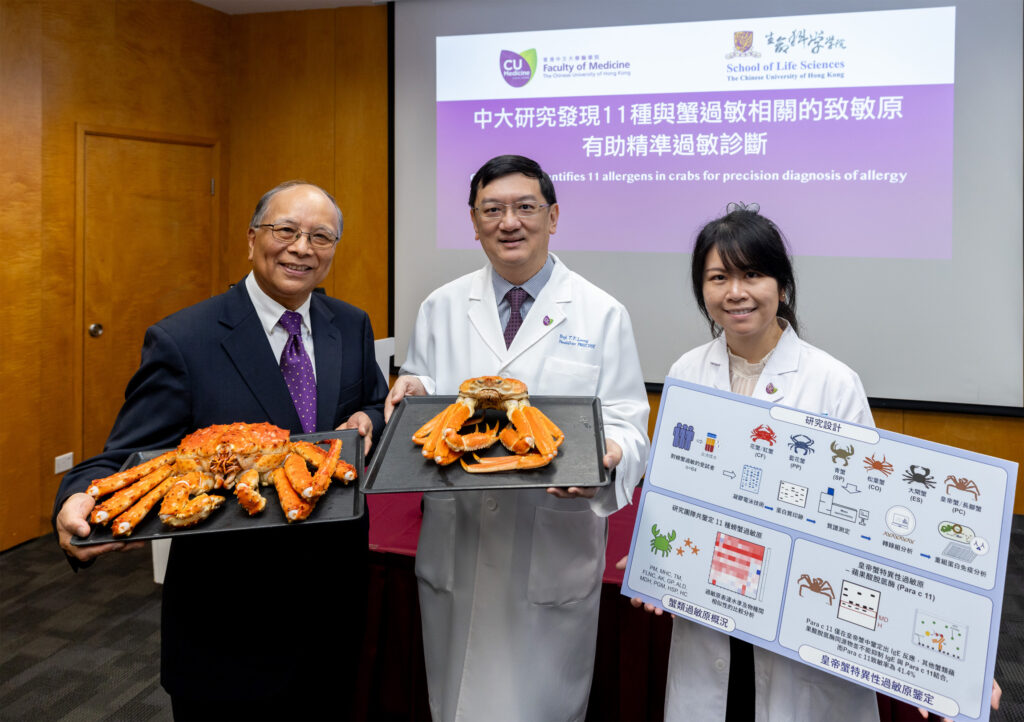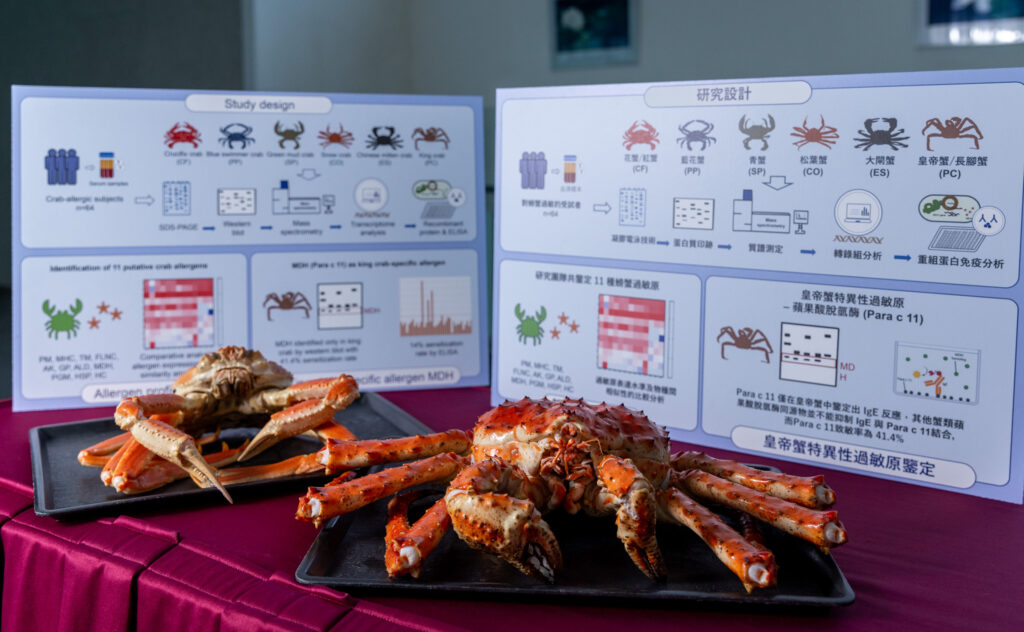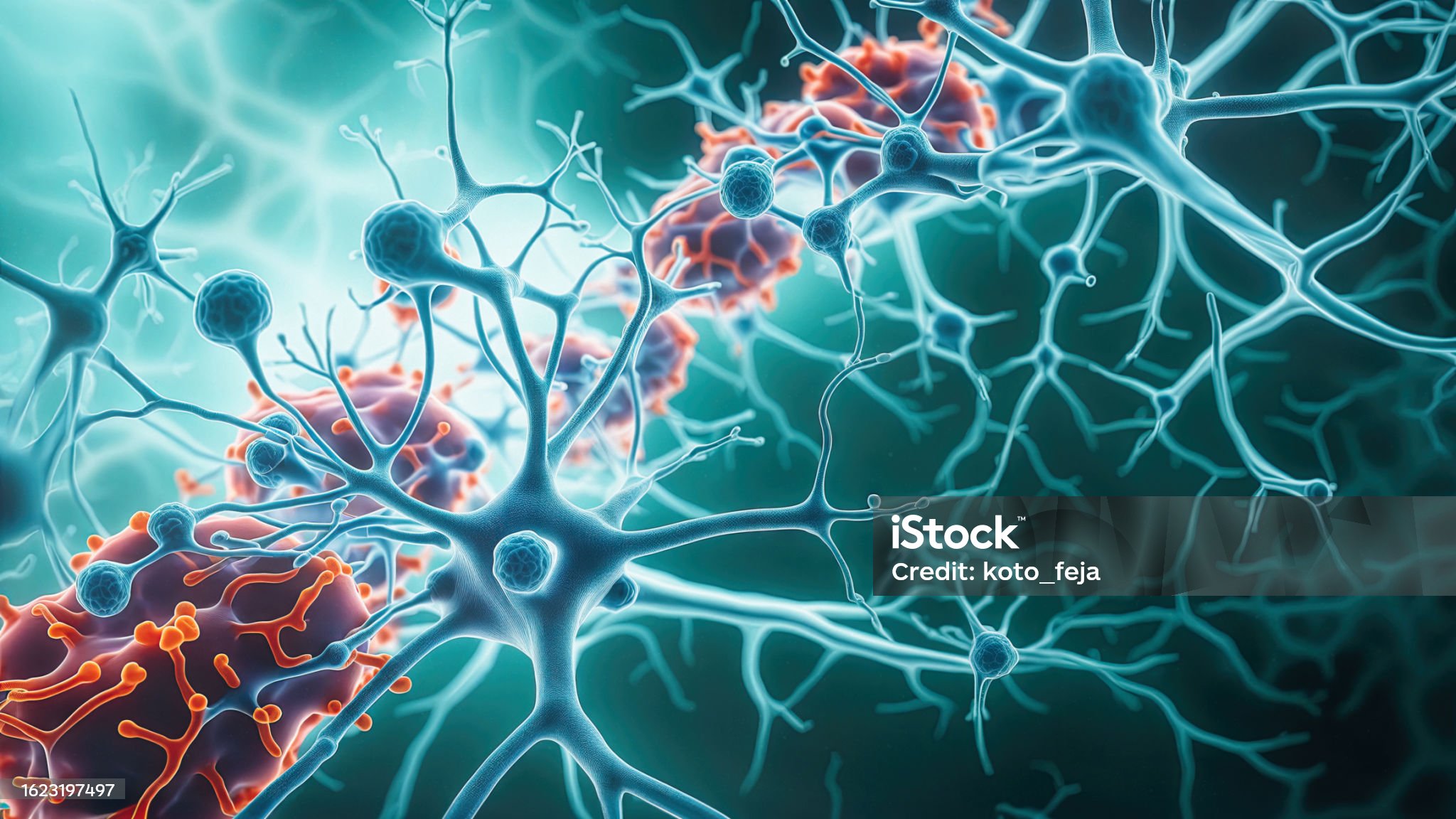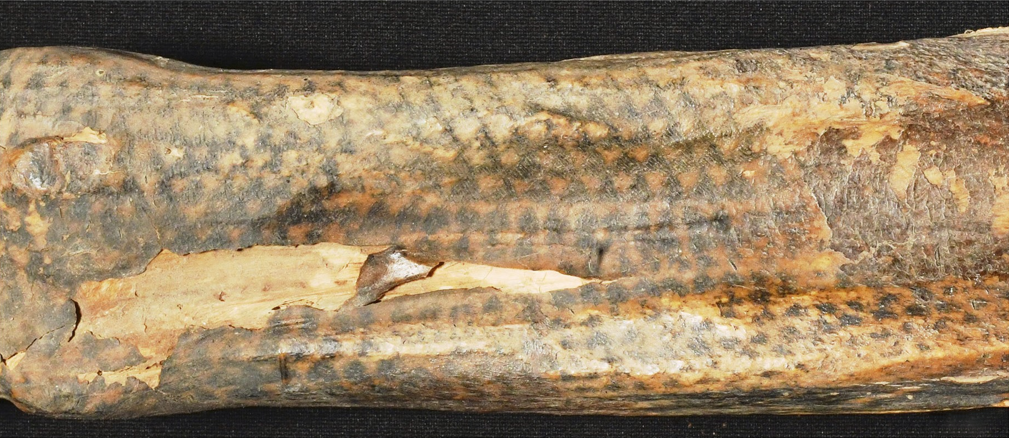Shellfish allergies are no fun at all. At best, they force you to strenuously avoid all traces of a particular type of seafood. At worst, you accidentally eat some and end up with any of a set of symptoms that range from deeply unpleasant to catastrophic: urticaria, angioedema, wheezing and, in extreme cases, anaphylaxis, a dramatic overreaction of the immune system that causes the body to go into shock, with potentially lethal consequences.
They’re also surprisingly common, affecting up to 2% of people – that’s more than 160 million globally. Coastal regions see higher rates, simply because shellfish is more commonly eaten there. In subtropical places like Hong Kong, they also have high rates of dust mite allergy, and that seems to be accompanied by high rates of shellfish allergy, probably because dust mites and shellfish contain some of the same allergens.
Among shellfish, crab is the second most common after shrimp, but the most common in adults. It’s easy enough to test for crab allergy: IgE, short for immunoglobulin E, is the antibody produced in the type of disordered immune reactions that we refer to as allergies, and testing for its presence is therefore the key way in which we can judge whether someone is allergic to something. But here’s the catch: crabs contain multiple allergens, and current tests can’t distinguish among them. A list of the different allergens, and which species of crab they occur in, is therefore a vital step along the road to more accurate diagnostic tests.
An allergy team led by Professor Leung Ting-fan, Alice Ho Miu Ling Nethersole Charity Foundation Professor of Paediatrics in the Department of Paediatrics at The Chinese University of Hong Kong (CUHK)’s Faculty of Medicine (CU Medicine), has created exactly that. In recent research, it has come up with a surprisingly lengthy list of substances within various species of crab that can provoke allergic reactions, many of them previously unidentified. It could help to design allergen-specific tests, helping people identify precisely what it is that they’re allergic to, and leading to a future where those people are able to tailor their diet in a way that allows them to enjoy a wider range of foods while avoiding unpleasant and potentially dangerous symptoms.

The team looked at 64 serum samples taken from adults and children in Hong Kong with a crab allergy, defined as anyone who suffered an allergic reaction within two hours of eating it. They studied the six most widely eaten species of crab, including the king crab (Paralithodes camtschaticus), which, despite its name, isn’t a true crab. It evolved from the ancestors of hermit crabs and belongs to the anomuran group. Allergens were identified by extracting protein from the claw muscles of the crabs and identifying the IgE-binding proteins within them.
The team discovered that there are 11 different substances within crab that can cause allergic reactions – eight of which had never been recorded before. Among their discoveries was a standout: king crab has an allergen all of its own, malate dehydrogenase (MDH), which also hadn’t been identified before. It’s now registered as a new shellfish allergen under the name Para c 11. Interestingly, MDH is also present in the true crabs but doesn’t seem to provoke allergic reactions there. That’s a mystery the team is eager to explore.

Professor Chu Ka-hou, Professor Emeritus of the School of Life Sciences at CUHK, explained: “Although MDH is present in the muscle proteins of true crabs, we found that king crab displays a higher sensitisation rate of 41% compared with none in true crabs. This is the first time a unique allergen is found in king crabs.”
“From our previous experience delineating shrimp allergens using tiger prawn, we expected the presence of many crab allergens that were yet to be uncovered,” says Dr Christine Wai Yee-yan, corresponding author of the study and Research Assistant Professor in the Department of Paediatrics at CU Medicine. “But it was a great surprise to uncover a new allergen specific to king crab.”
The list the team have come up with probably isn’t a complete one, with more allergens potentially yet to be discovered, especially from patients from different places, with different shellfish-eating habits.
“People with crab allergies typically have an issue with more than one of the 11 substances”, says Dr Wai. “The challenge is identifying which ones a specific person is reacting to.”
Crab-allergic patients are usually reacting to multiple allergens. The current diagnostic tests available commercially to patients only test for specific IgE level or skin prick test reaction to whole crab extracts – a mixture of different allergens in variable amounts – rather than to individual crab allergens. The commercial extracts are also prepared mostly from snow crab rather than the commonly edible swimming crabs or king crab. Therefore, the available allergy tests cannot inform patients which crab allergen they are IgE-reactive to.
Testing IgE reactivity to different crab allergens can potentially better inform patients about the exact type and reason for their reactions. Based on that, doctors can advise how best to prevent them from having crab allergic reactions in future.
As a result, the team plans to produce molecular diagnostic tests based on some of the crab allergens it has identified. “We have developed very mature technologies to produce these allergens and purify them from different types of shellfish,” says Professor Leung. “We have also secured ongoing collaboration with industrial partners, so the development of these new molecular diagnostic tests is highly feasible. The study will further assist us in providing a precise and personalised diagnostic and treatment plan for seafood allergic patients and promoting appropriate food avoidance.”











